Last Updated on November 27, 2025 by JonnaJ | Published: August 5, 2019
Planning a day trip to Cabo da Roca? Set on the edge of the Sintra-Cascais Natural Park, this prominent cape offers spectacular sea views and more. Portugal has a long coastline full of beautiful beaches, and in between them you can find lots of scenic headlands jutting out into the Atlantic.
Cabo da Roca is one of those places. Breaking waves, rocky shores, and windswept cliffs—Cabo da Roca ticks all the boxes, with an added bonus: it’s the westernmost point of mainland Europe. For a while it was considered the end of the world… and you’ll see why, as there’s nothing but water for miles ahead.
Whether you’re coming from Lisbon via Sintra or Cascais, this guide will help you plan your day trip to Cabo da Roca and decide what to do once you get there.
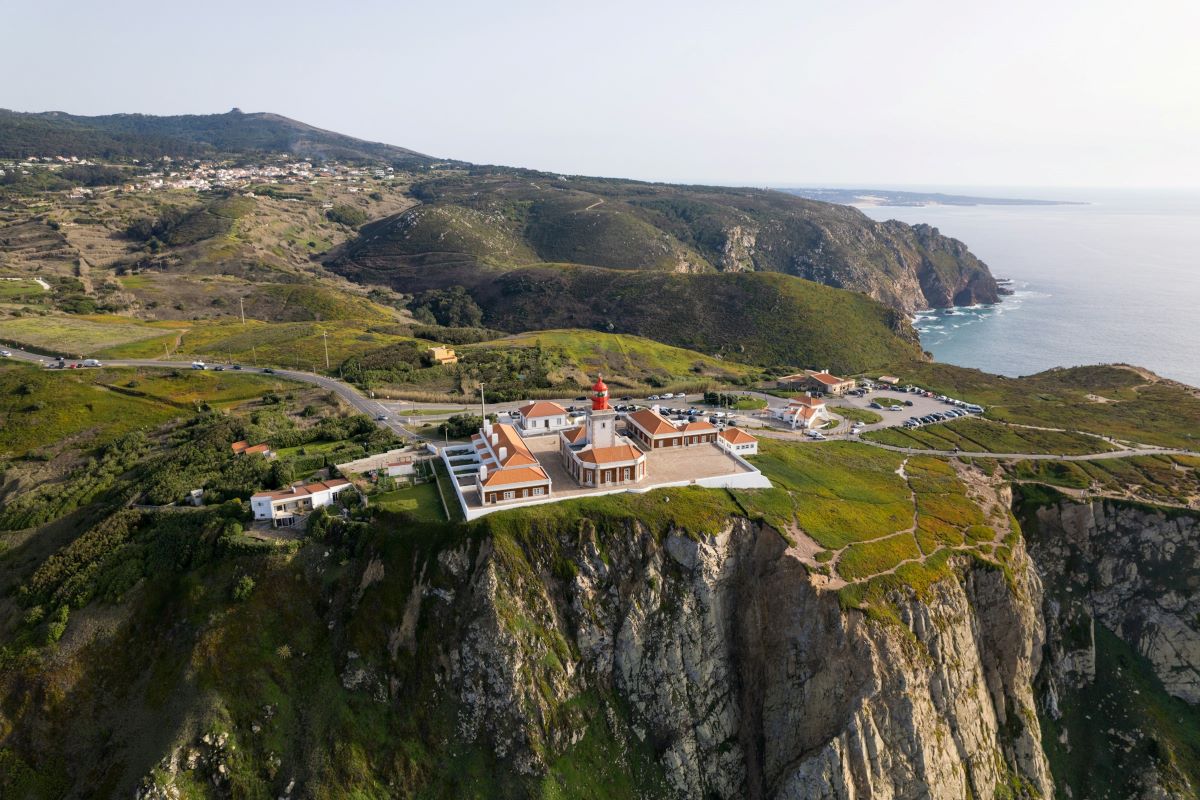
Cabo da Roca: The end of the world
Today everyone knows what lies beyond Europe. But that wasn’t always the case for Portuguese explorers, who believed Cabo da Roca was quite literally the end of the world.
Who can blame them? Portugal stands on the edge of the Atlantic, so in a way, it really is the place where the land ends and the sea begins. Those are the words that the famous Portuguese poet Luís de Camões chose to describe Cabo da Roca: “aqui… onde a terra se acaba e o mar começa….”
Although it’s not the end of the world, it’s still the westernmost piece of mainland Europe, and it definitely deserves a visit.
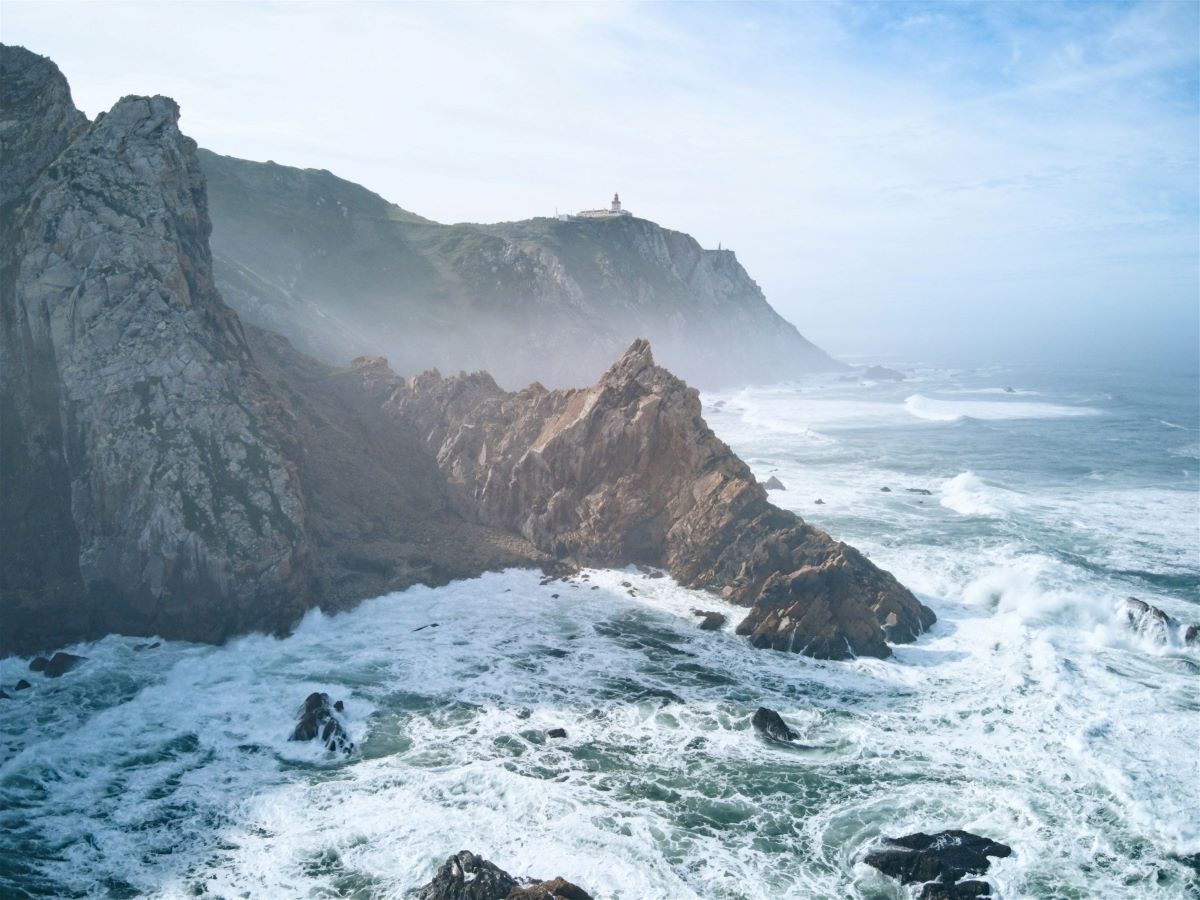
What to do in Cabo da Roca
If you’re wondering what to do on your day trip to Cabo da Roca, here are 6 things we recommend.
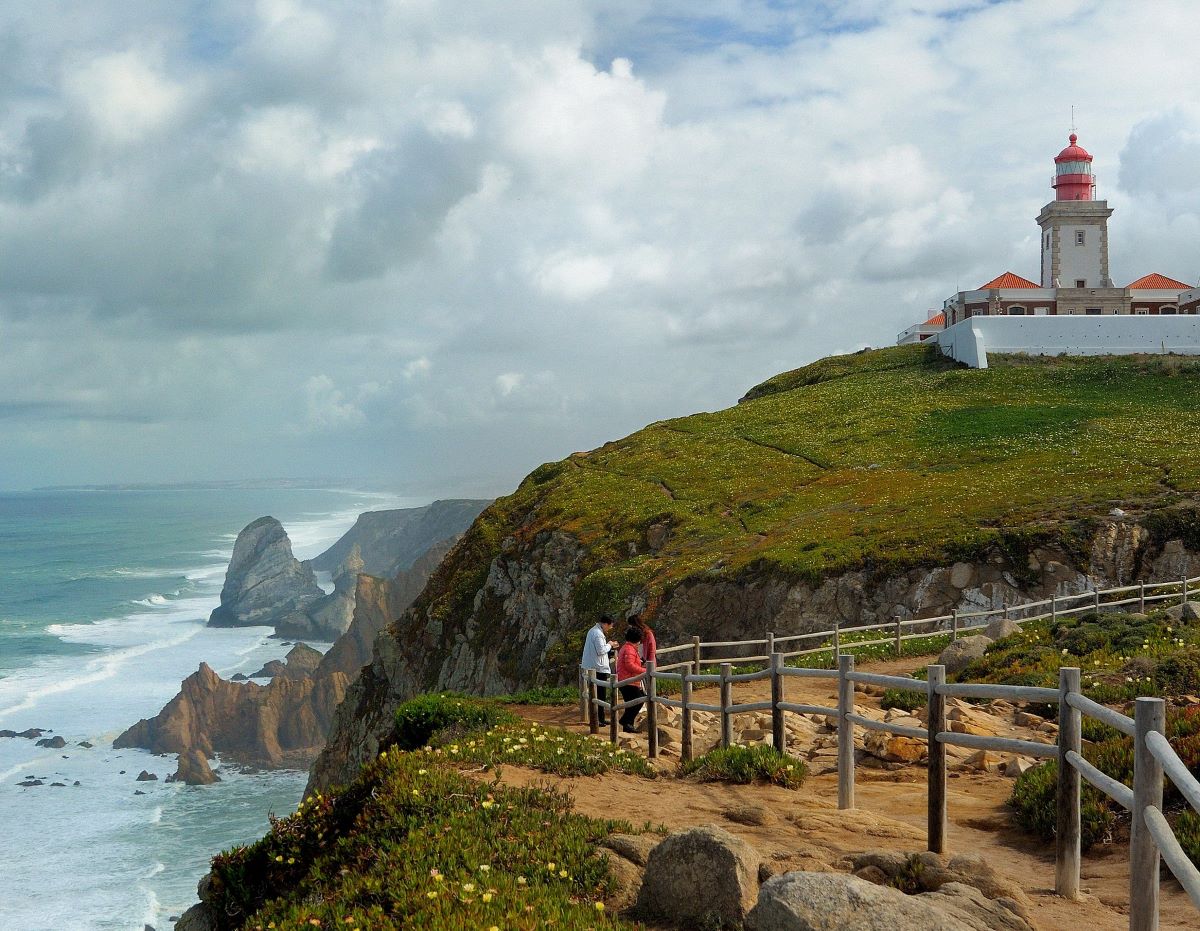
Enjoy the ocean views
Set in the Sintra Mountains, Cabo da Roca is an incredible natural viewpoint. From here you can watch the waves pounding against rugged cliffs and spot the little beaches tucked in between them.
You can actually visit some of these beaches, but we’ll get to that in a second. Before you leave Cabo da Roca, make sure to follow the trails along the clifftop so you can get different perspectives.
Insider’s tip:
- The only downside of being this close to the Atlantic are the strong winds. Be careful while exploring and avoid standing too close to the edge.
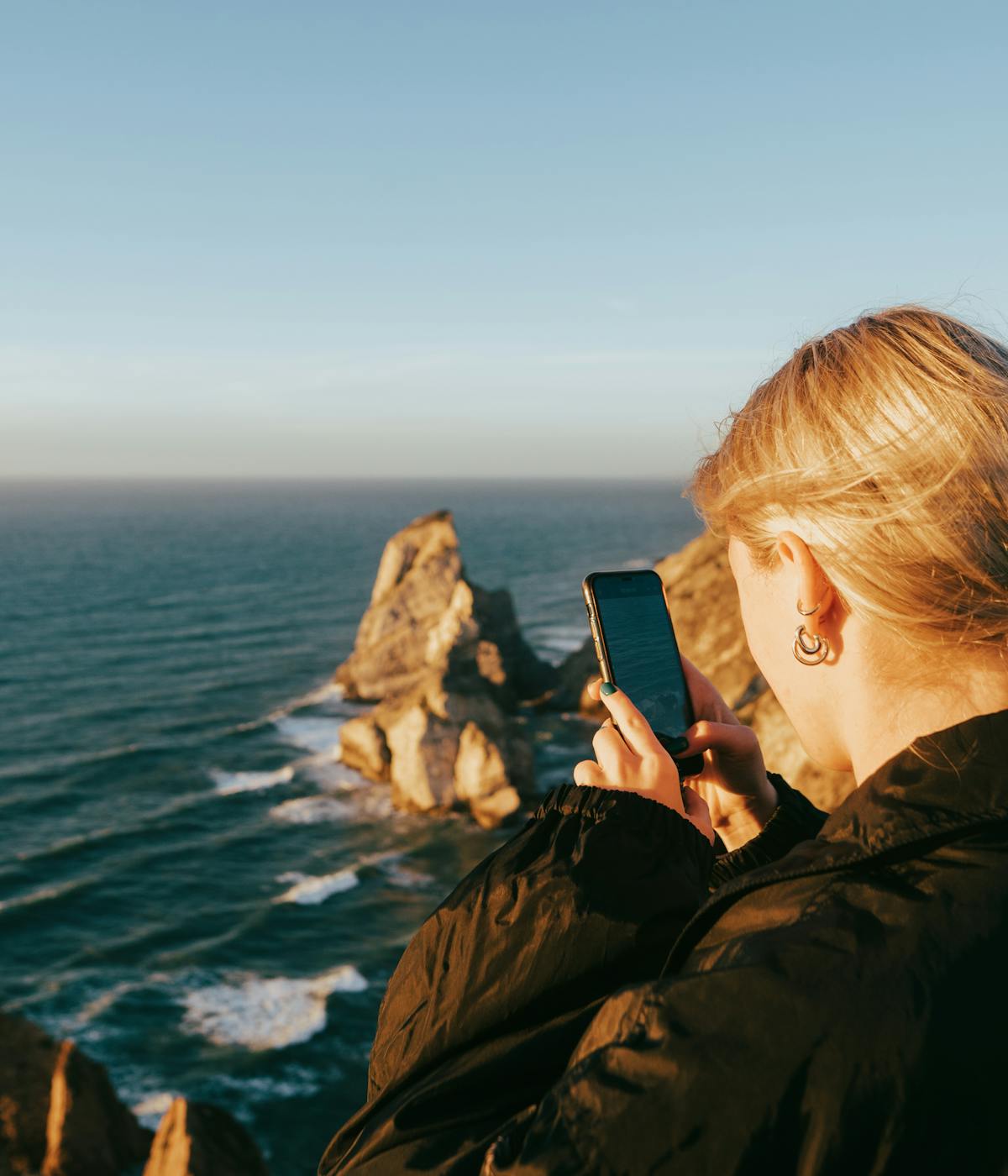
Take in the Lighthouse
Amid the green fields of Cabo da Roca, you’ll find a colorful red-and-white lighthouse. Completed in 1772, it’s one of the oldest lighthouses along the Portuguese coast. It stands 165 meters (541 feet) above sea level, and its light can be seen as far as 48 kilometers (30 miles) away.
There are currently three faroleiros (lighthouse keepers) responsible for assisting navigations between Cabo da Roca and Ericeira.
Insider’s tip:
- There are occasional opportunities to visit the lighthouse, but you need to check in advance with the Núcleo Museológico da Direção de Faróis.
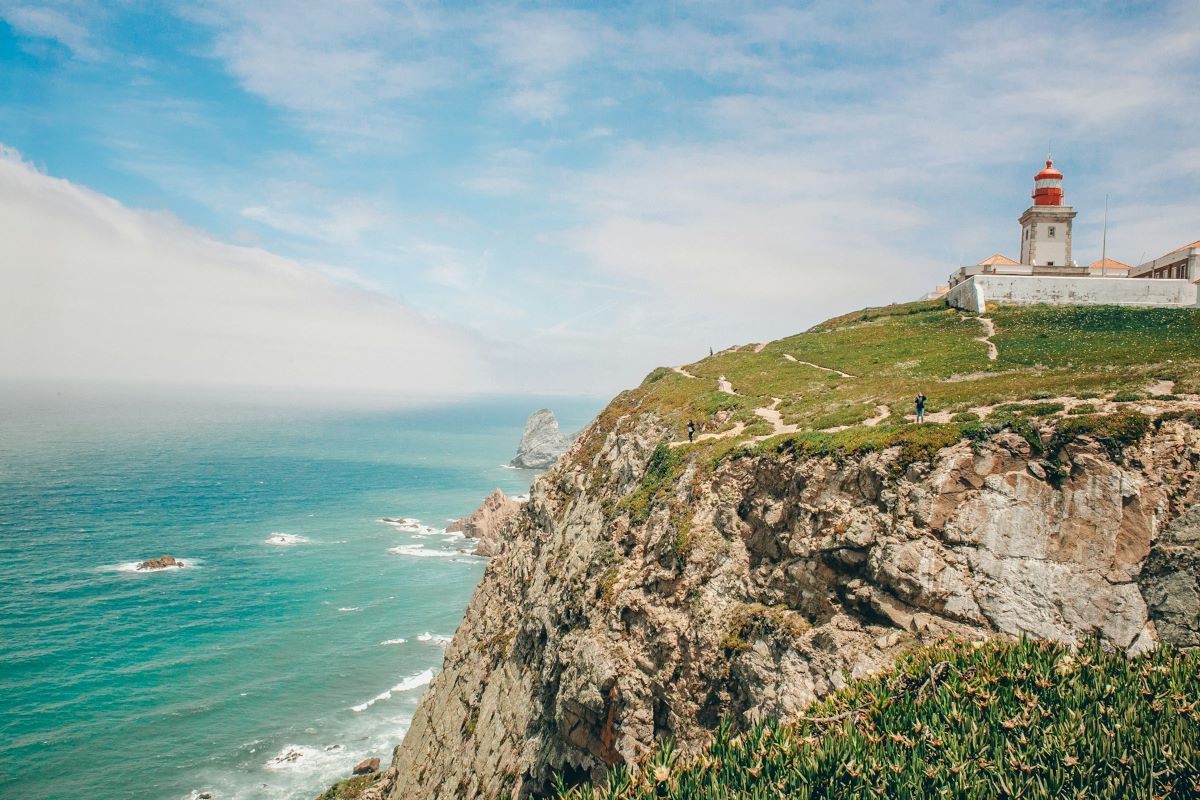
Read the Cabo da Roca poem
Head to the left side of the headland and stop to see the stone monument. Engraved on this stone is a short poem by Luís de Camões.
It’s written in Portuguese, but it translates as “here… where the land ends and the sea begins….” Besides the poem, the stone also includes Cabo da Roca’s coordinates, its altitude above sea level, and its designation as the European continent’s westernmost point.
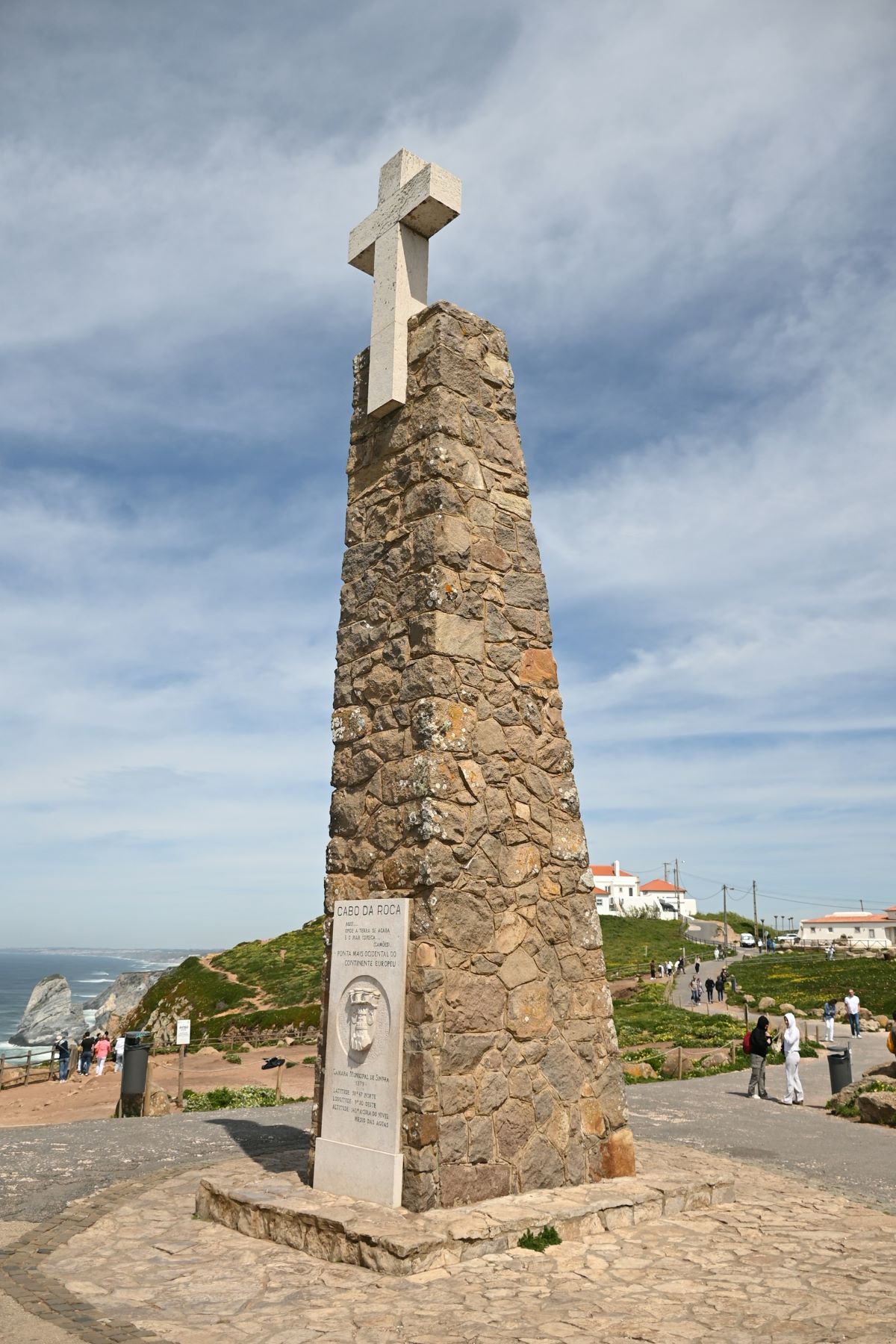
Visit the tourism office
You can get a souvenir at the tourism office to commemorate your trip to Cabo da Roca. It’s a handwritten certificate with your name stating that you were at the westernmost point in Europe.
It’s very affordable and there’s also a Braille version. Even if you don’t want to get the certificate, it’s still worth going there to ask about things to see nearby or if you need help getting back to town.
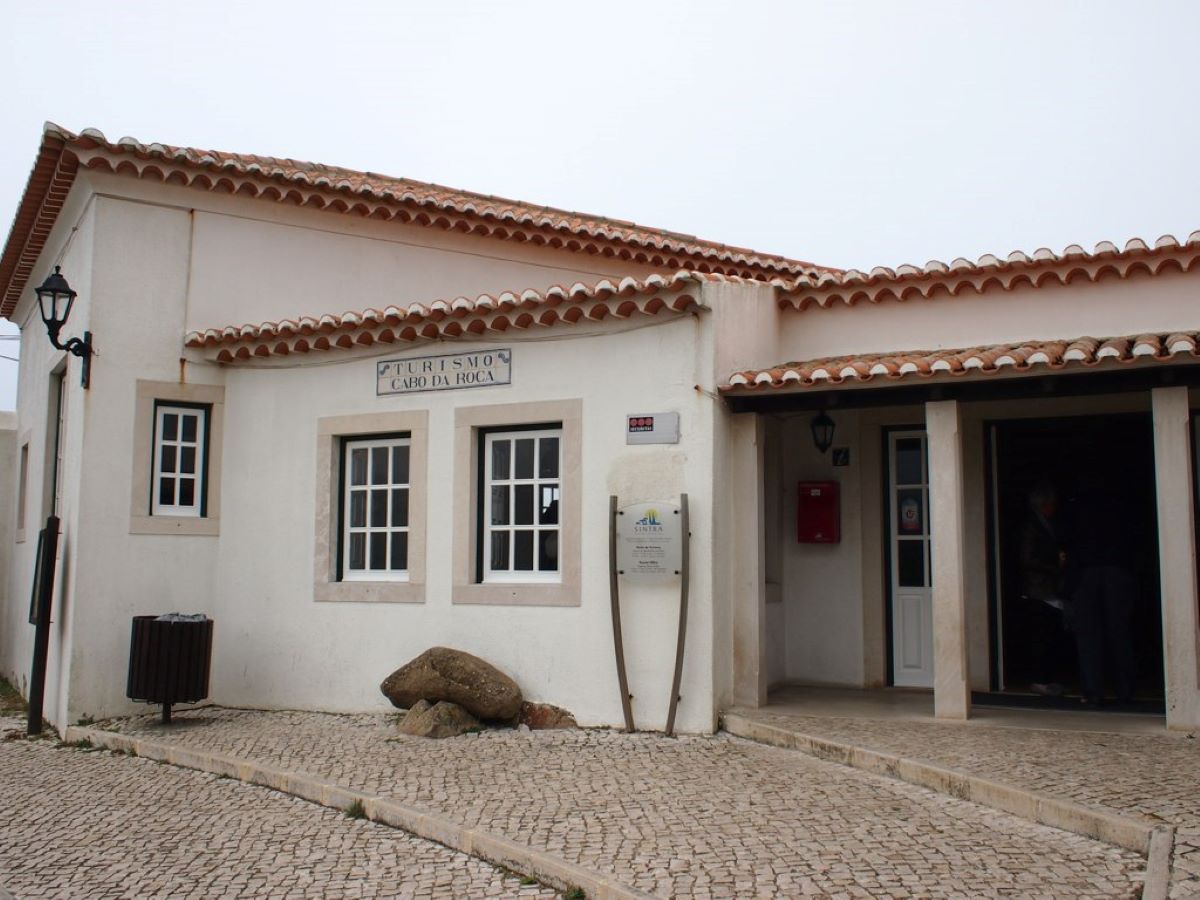
Explore nearby beaches
There are a few hidden beaches near Cabo da Roca that you can reach on foot. To the left there’s Praia do Louriçal, and to the right there’s Praia da Ursa. Praia do Louriçal is a pebble beach, and you can access it via a walking trail from Cabo da Roca.
The last stretch of the trail is very steep, so there’s a rope to help you get down. The hike to Praia da Ursa is also a bit challenging, but your reward is a secluded stretch of sand with dramatic rock formations.
Insider’s tip:
- Be careful when walking down the trails, and make sure you have adequate shoes for hiking.
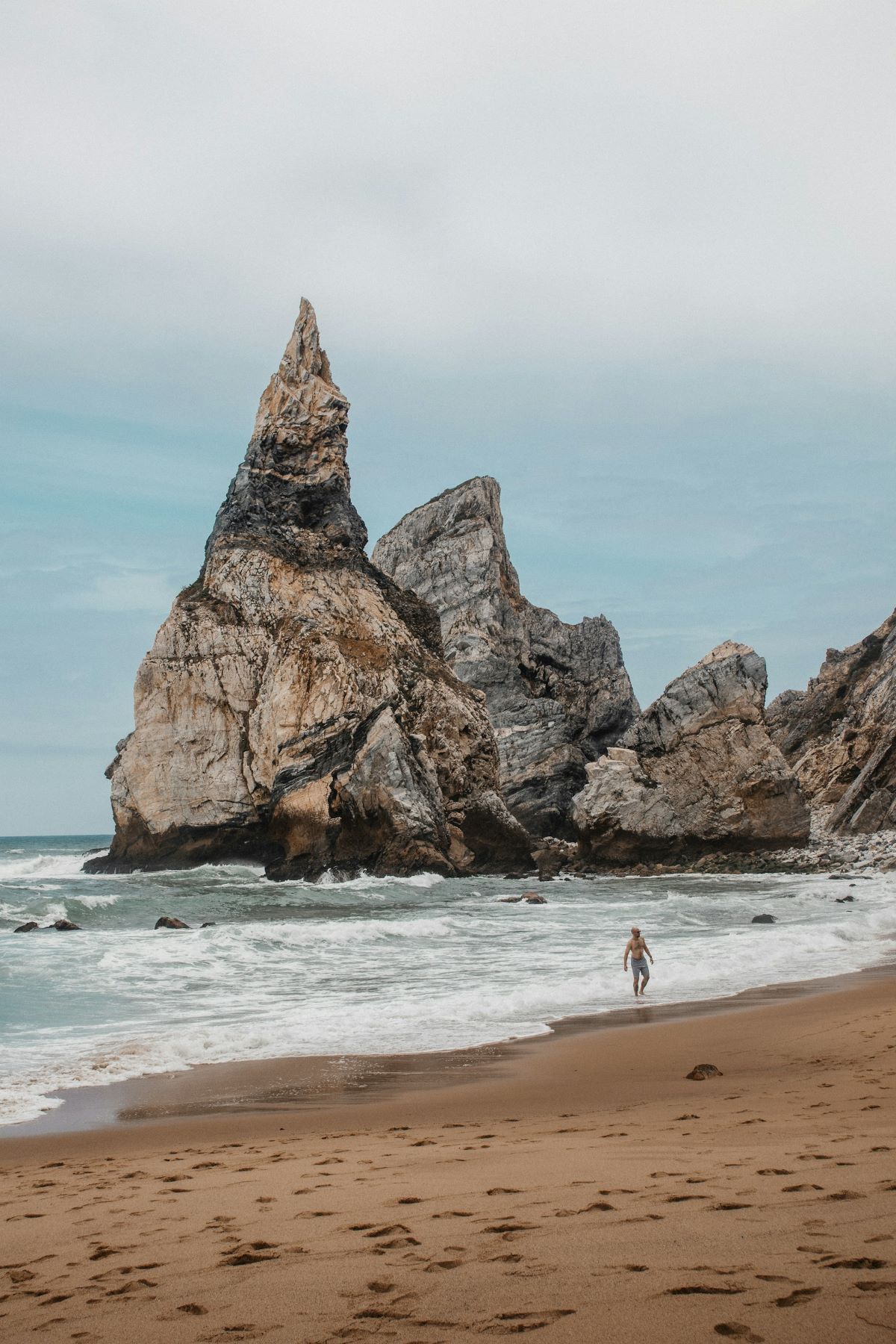
Hike around the Sintra-Cascais Natural Park
As it’s located within the Sintra-Cascais Natural Park, Cabo da Roca is a good starting or ending point for a hike if you want to make a day of it.
We suggest walking from Sintra, so you can explore a few monuments in town and arrive at Cabo da Roca for sunset, then take the bus back. It takes around four hours to walk from Sintra to Cabo da Roca, but you’ll get to explore more of the region this way.
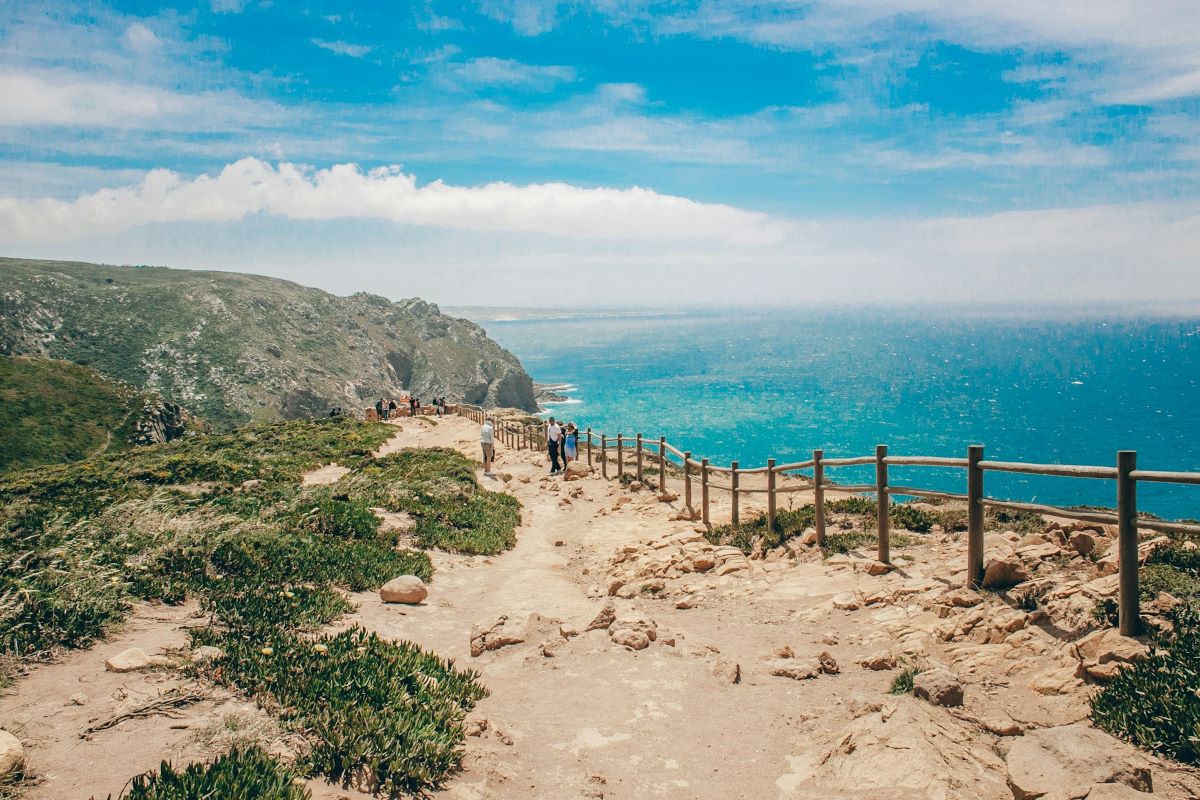
Is Cabo da Roca worth it?
Yes! The views are incredible, and there are few places like this in the world. Plus, you have stunning beaches and gorgeous nature trails nearby.
If you’re planning to go to Cabo da Roca, we suggest combining your visit with a trip to Cascais or Sintra. Cascais is a small seaside town, while Sintra is mostly famous for its palaces and historical attractions.
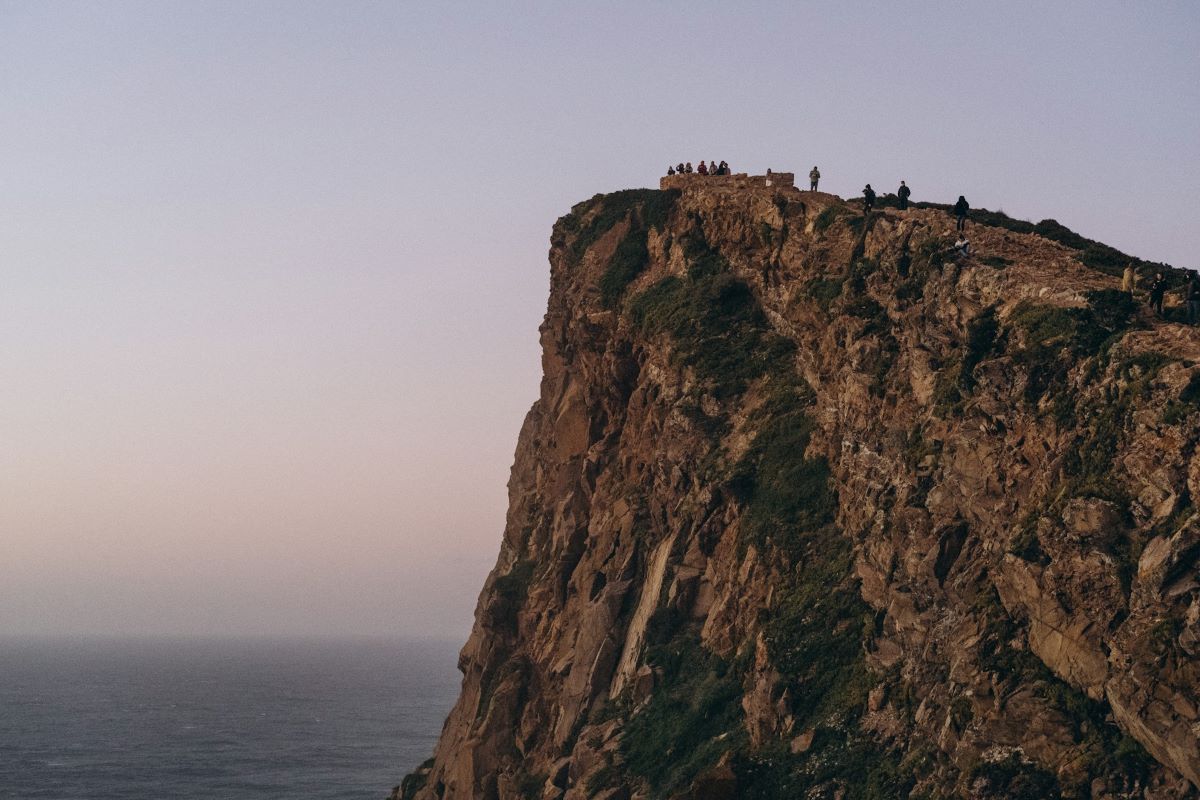
How to get to Cabo da Roca
The best way to reach Cabo da Roca is by car. However, it’s also possible to use public transportation, take a taxi, or use a ridesharing service.
Below are a few tips on how to travel from Lisbon, Sintra, or Cascais to Cabo da Roca.
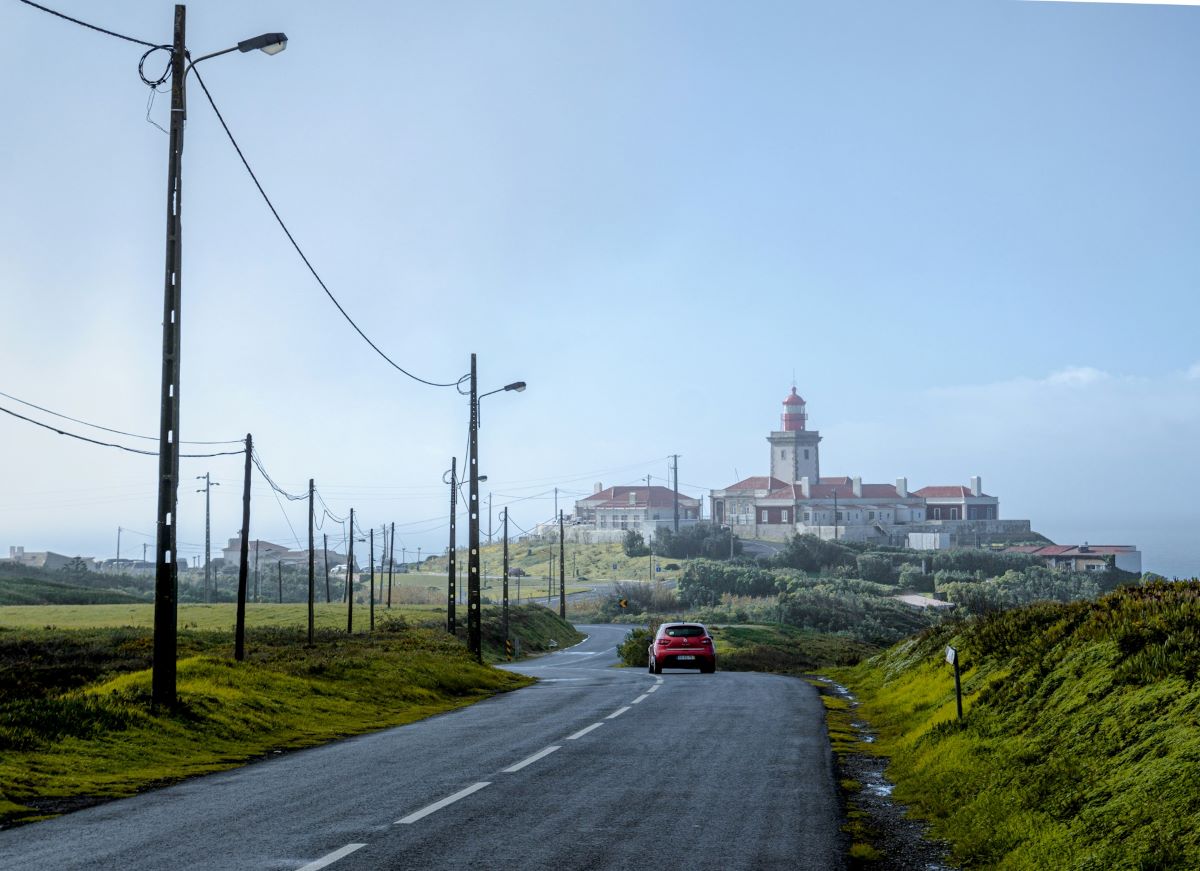
Lisbon to Cabo da Roca
If you’re doing a day trip from Lisbon, you can take a train to Sintra (from Rossio, Oriente, or Santa Apolonia) or to Cascais (from Cais do Sodré), then follow the directions for each town below.
It takes around 40 minutes to reach Sintra from Rossio, 50 minutes from Oriente, and 55 minutes from Santa Apolonia. It takes about 40 minutes to reach Cascais from Cais do Sodré.
For train tickets, we recommend buying a Zapping card from the ticket office or self-service machine and charging it beforehand. With this card, each train trip will cost you less. You can also use the card for any public transportation within the Lisbon network (train, bus, metro, or ferry) – including the buses to Cabo da Roca.

Sintra to Cabo da Roca
You can take the 1253 bus from Sintra’s main train station to Cabo da Roca, or the 1624 bus from the Portela de Sintra station (which is a 10–15 minute walk away from the main station).
The journey takes around 40–50 minutes, and the tickets can be bought onboard with cash or with a prepaid card. The 1253 bus runs every 20–30 minutes, and the 1624 runs every 30 minutes. For more details, check the schedules for bus 1253 and bus 1624.
By car, the journey from Sintra to Cabo da Roca takes about 30 minutes. A taxi won’t break the bank for a one way journey, and for an even more economical choice you could use a ridesharing service like Uber or Bolt. If you’re driving your own car, you can park at Cabo da Roca for free.
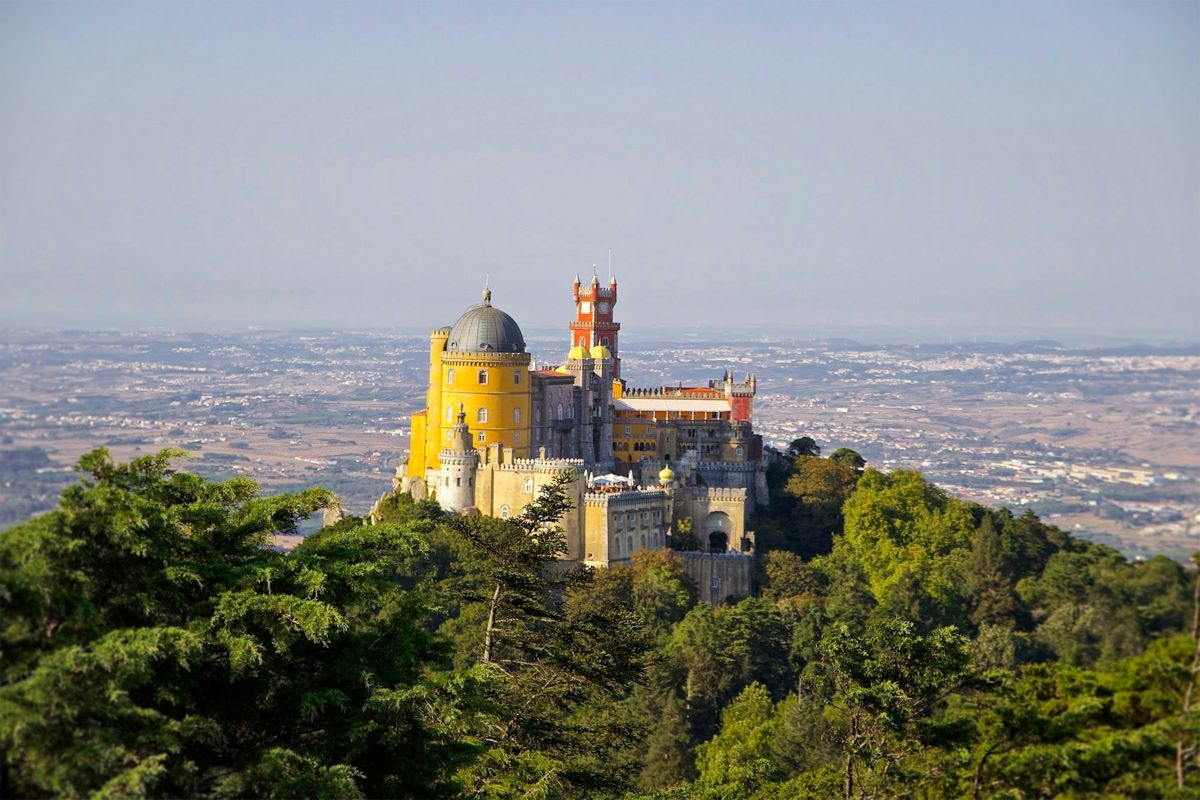
Cascais to Cabo da Roca
The best way to get from Cascais to Cabo da Roca is on the 1624 bus. If you arrive in Cascais by train, you’ll need to exit the station and then cross the street—the bus terminal is located underneath the CascaisVilla shopping center.
The trip takes about 40 minutes and tickets can be purchased onboard or with a prepaid card. The bus runs every 30 minutes.
A taxi from Cascais to Cabo da Roca won’t set you back a lot, and arriving by Uber or Bolt is also possible. The trip takes just under 30 minutes by car.
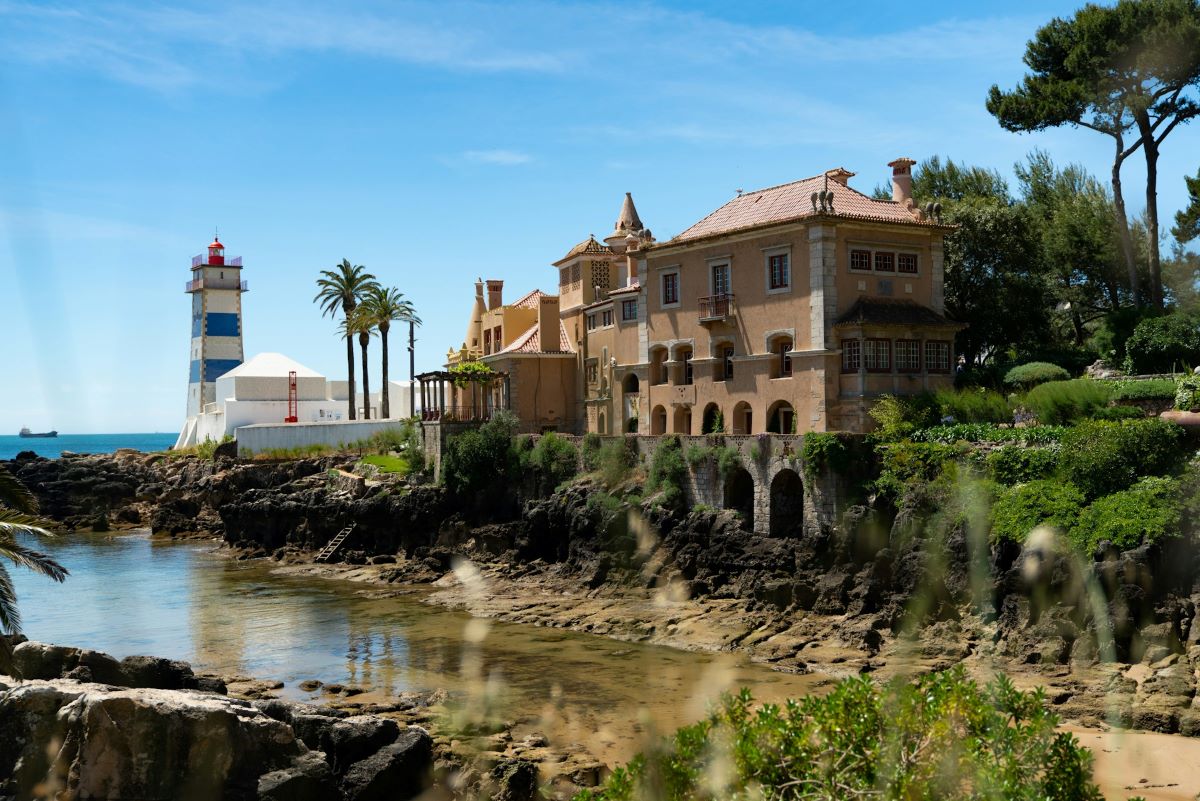
Where to eat near Cabo da Roca
Cabo da Roca is quite remote, so there aren’t many options for dining nearby:
- There’s a small café near the tourism office where you can get coffee, drinks, pastries, and simple snacks. But if you’re looking for something more substantial, you’ll find better options in Cascais or Sintra.
If you’re up for a hike, you can also head north from Cabo da Roca to Praia da Adraga. The walk is around 4 kilometers (2.5 miles) and takes about an hour.
At Praia da Adraga you’ll find:
- Restaurante da Adraga, a traditional restaurant right on the sand. The highlight here is definitely fresh fish and seafood, but the restaurant also serves sandwiches, soups, and snacks.
Walk a bit farther north to reach Praia Grande, where there are several restaurants and cafés to choose from.
Another option is to walk (or take the bus) a bit inland from Cabo da Roca to the small village of Azóia, which has a few great restaurants like:
- 3 Gomes and Maria Wine & Tapas (Estrada do Cabo da Roca, 14).
If you choose to head back to Cascais or Sintra instead, make sure to check out our tips for where to eat in Cascais and the best restaurants in Sintra.

FAQs about Cabo da Roca
Is Cabo da Roca worth visiting?
Yes. Cabo da Roca offers dramatic Atlantic views, rugged cliffs, and a wild coastal landscape that makes it one of Portugal’s most memorable viewpoints.
What is Cabo da Roca famous for?
It is known as the westernmost point of mainland Europe, marked by a lighthouse and breathtaking ocean panoramas.
How do I get to Cabo da Roca from Sintra or Cascais?
Bus 403 connects Sintra and Cascais directly to Cabo da Roca. Both journeys take about 20 to 30 minutes.
Can you hike to Cabo da Roca from Sintra?
Yes, experienced hikers can follow coastal trails, though routes are long and steep. Most visitors take the bus for convenience.
Do I need to book tickets to visit Cabo da Roca?
No tickets are required. The viewpoint is free to visit year-round.
What should I wear or bring for a trip to Cabo da Roca?
Bring layers, sturdy shoes, and a windproof jacket. The area is exposed and often breezy, even on warm days.








